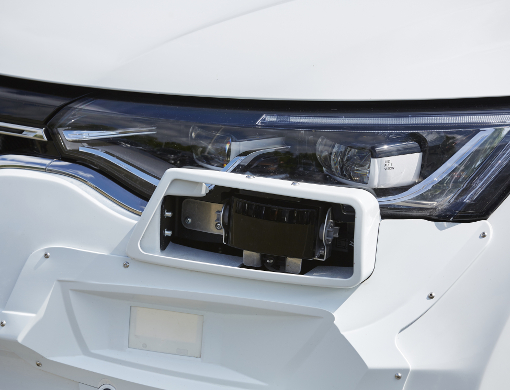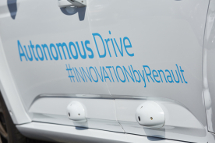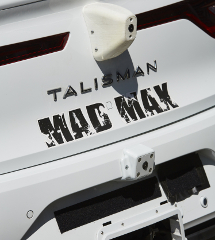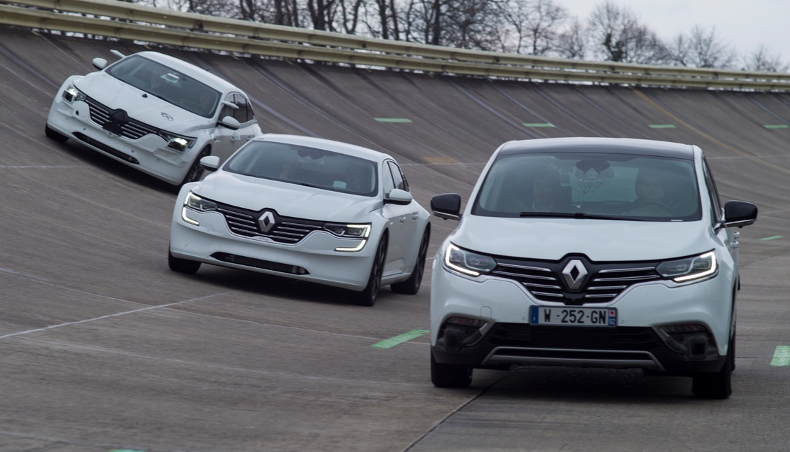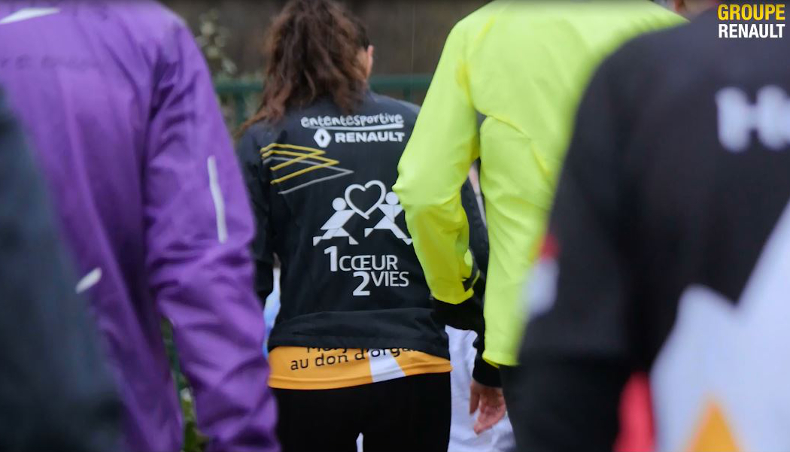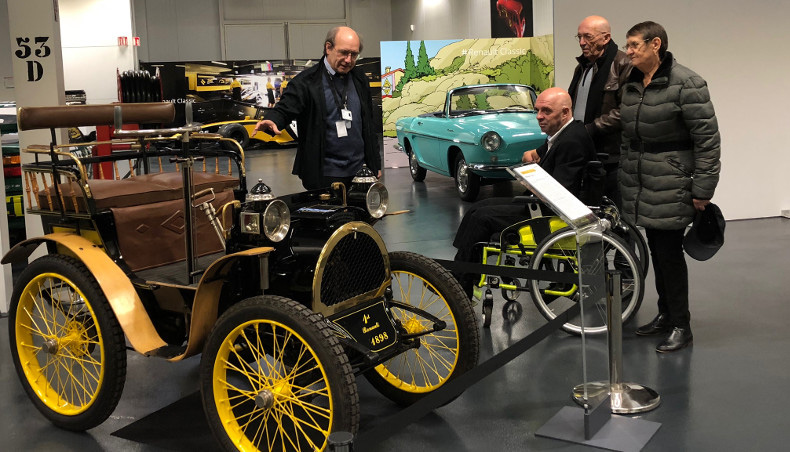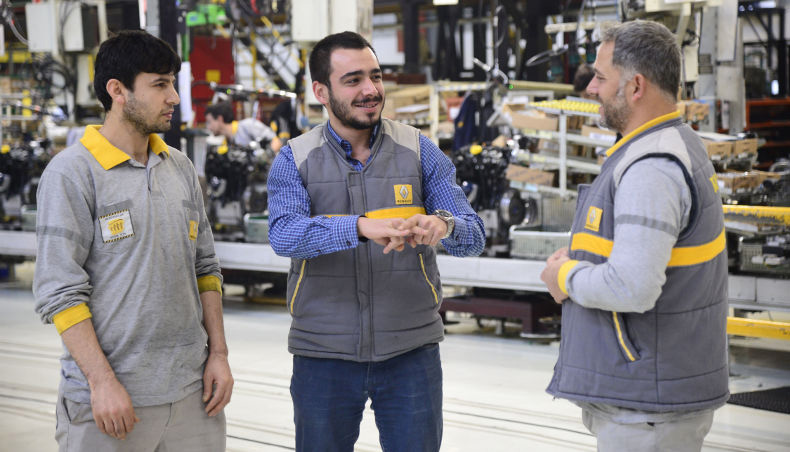

Did you know a mule is not only an animal?
‘Mule’ is the generic term which is used in the automotive industry to designate the very first prototypes used to test design, technology, mechanics, body, etc. of a future model or concept car. Since combining autonomous, electric and connected systems is extremely complex, today’s story isn’t just about one mule… but three! Using a mule is a way engineers test specific features and eventually combine them into one place.
Mules are simultaneously subject to the hardest physical and digital tests by engineers to anticipate any situations that the vehicle may encounter once on the road. But each mule can serve a different purpose. Here are a few examples.
The autonomous “Ghost Rider” mule (level 4)
Known as Ghost Rider, the « Mule 0 » prototype is based on a Renault Espace and is Renault’s basis for the development of autonomous driving. This prototype and the electronics occupying the whole trunk, can accommodate up to five people and allows testing and development of the technologies that will help the car drive by itself. It has already hit the road for tests in real conditions and its reactions are also tested with digital simulations.

The electric “Road Runner” mule
In order to develop the ground link and the body structure more specifically, the « Mule 1 » prototype – codename Road Runner – is a 100% electric vehicle that can accommodate two occupants (rear seats have been replaced by electronic equipment for the test requirements). Based on a completely electrified standard Talisman, it allows Renault’s engineers to test a new electric engine and body design conception with flat floor battery and rear engine positioning. This “rolling lab” is dedicated to test and tune all the “chassis” features of the future vehicle, in different scenarios: comfort, stability, braking, steering or powertrain acoustics.
Ghost Rider + Road Runner = MadMax mule
Finally, « Mule 2 » (codename MadMax) just looks like Mule 1 but adds the entire autonomous driving system that will come with the future prototype. It’s a concrete mix of Ghost Rider and Road Runner mules with some improvements. Equipped with advanced sensors and cameras, it allows for the testing of an electric car in an autonomous driving situation while adding many safety systems and integrating reduced electronic equipment (4 times smaller than in the Mule 0!) thanks to the use of new software, computers and processors. On this mule, the sensors have been installed exactly where they will be positioned in the future vehicle. That is why it still looks quite strange with bulbs here and there… and this is also why it is nicknamed MadMax! Beyond the integration of sensors, this prototype is our best driving laboratory to test all the interactions between embedded systems, and it is expected to hit open roads very soon to start to fine tune our autonomous driving control strategies.
So, it’s not all about high tech - thanks to these mules, Renault will be able to launch a new pilot project on the road by the end of the year. Stay tuned!
